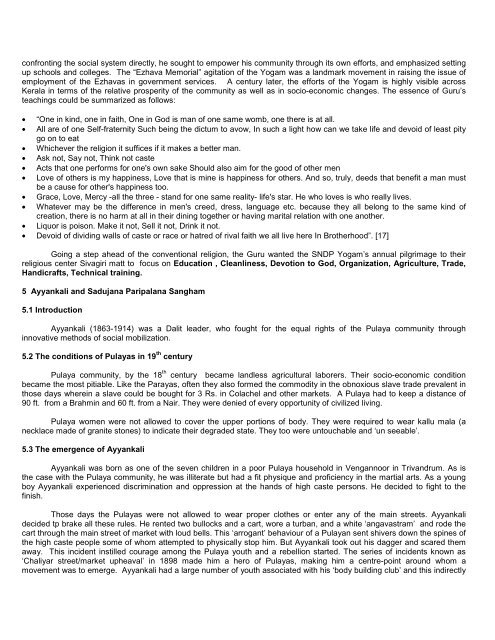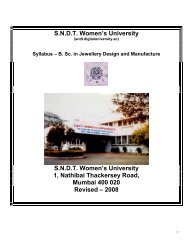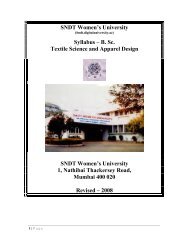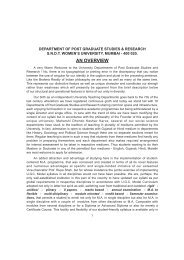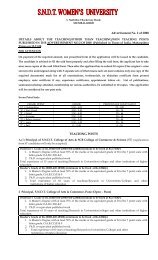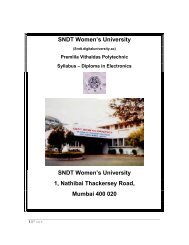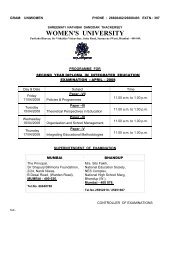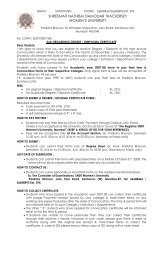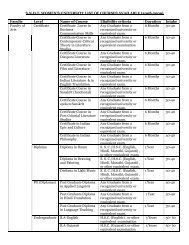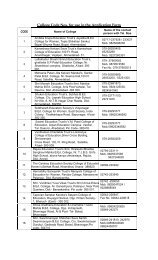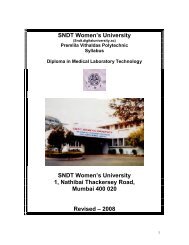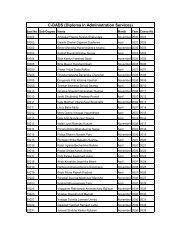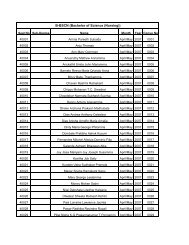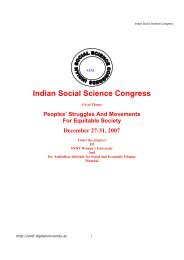XXXI Abstracts Part 1 page 1-189
XXXI Abstracts Part 1 page 1-189
XXXI Abstracts Part 1 page 1-189
You also want an ePaper? Increase the reach of your titles
YUMPU automatically turns print PDFs into web optimized ePapers that Google loves.
confronting the social system directly, he sought to empower his community through its own efforts, and emphasized setting<br />
up schools and colleges. The “Ezhava Memorial” agitation of the Yogam was a landmark movement in raising the issue of<br />
employment of the Ezhavas in government services. A century later, the efforts of the Yogam is highly visible across<br />
Kerala in terms of the relative prosperity of the community as well as in socio-economic changes. The essence of Guru’s<br />
teachings could be summarized as follows:<br />
• “One in kind, one in faith, One in God is man of one same womb, one there is at all.<br />
• All are of one Self-fraternity Such being the dictum to avow, In such a light how can we take life and devoid of least pity<br />
go on to eat<br />
• Whichever the religion it suffices if it makes a better man.<br />
• Ask not, Say not, Think not caste<br />
• Acts that one performs for one's own sake Should also aim for the good of other men<br />
• Love of others is my happiness, Love that is mine is happiness for others. And so, truly, deeds that benefit a man must<br />
be a cause for other's happiness too.<br />
• Grace, Love, Mercy -all the three - stand for one same reality- life's star. He who loves is who really lives.<br />
• Whatever may be the difference in men's creed, dress, language etc. because they all belong to the same kind of<br />
creation, there is no harm at all in their dining together or having marital relation with one another.<br />
• Liquor is poison. Make it not, Sell it not, Drink it not.<br />
• Devoid of dividing walls of caste or race or hatred of rival faith we all live here In Brotherhood”. [17]<br />
Going a step ahead of the conventional religion, the Guru wanted the SNDP Yogam’s annual pilgrimage to their<br />
religious center Sivagiri matt to focus on Education , Cleanliness, Devotion to God, Organization, Agriculture, Trade,<br />
Handicrafts, Technical training.<br />
5 Ayyankali and Sadujana Paripalana Sangham<br />
5.1 Introduction<br />
Ayyankali (1863-1914) was a Dalit leader, who fought for the equal rights of the Pulaya community through<br />
innovative methods of social mobilization.<br />
5.2 The conditions of Pulayas in 19 th century<br />
Pulaya community, by the 18 th century became landless agricultural laborers. Their socio-economic condition<br />
became the most pitiable. Like the Parayas, often they also formed the commodity in the obnoxious slave trade prevalent in<br />
those days wherein a slave could be bought for 3 Rs. in Colachel and other markets. A Pulaya had to keep a distance of<br />
90 ft. from a Brahmin and 60 ft. from a Nair. They were denied of every opportunity of civilized living.<br />
Pulaya women were not allowed to cover the upper portions of body. They were required to wear kallu mala (a<br />
necklace made of granite stones) to indicate their degraded state. They too were untouchable and ‘un seeable’.<br />
5.3 The emergence of Ayyankali<br />
Ayyankali was born as one of the seven children in a poor Pulaya household in Vengannoor in Trivandrum. As is<br />
the case with the Pulaya community, he was illiterate but had a fit physique and proficiency in the martial arts. As a young<br />
boy Ayyankali experienced discrimination and oppression at the hands of high caste persons. He decided to fight to the<br />
finish.<br />
Those days the Pulayas were not allowed to wear proper clothes or enter any of the main streets. Ayyankali<br />
decided tp brake all these rules. He rented two bullocks and a cart, wore a turban, and a white ‘angavastram’ and rode the<br />
cart through the main street of market with loud bells. This ‘arrogant’ behaviour of a Pulayan sent shivers down the spines of<br />
the high caste people some of whom attempted to physically stop him. But Ayyankali took out his dagger and scared them<br />
away. This incident instilled courage among the Pulaya youth and a rebellion started. The series of incidents known as<br />
‘Chaliyar street/market upheaval’ in <strong>189</strong>8 made him a hero of Pulayas, making him a centre-point around whom a<br />
movement was to emerge. Ayyankali had a large number of youth associated with his ‘body building club’ and this indirectly


